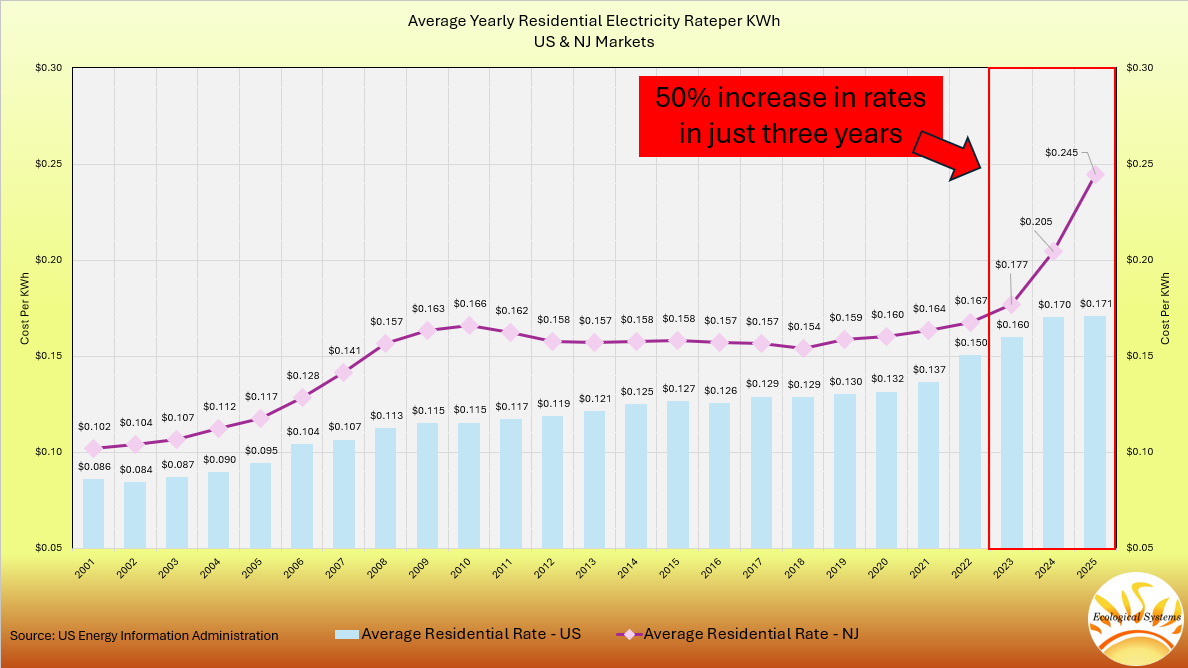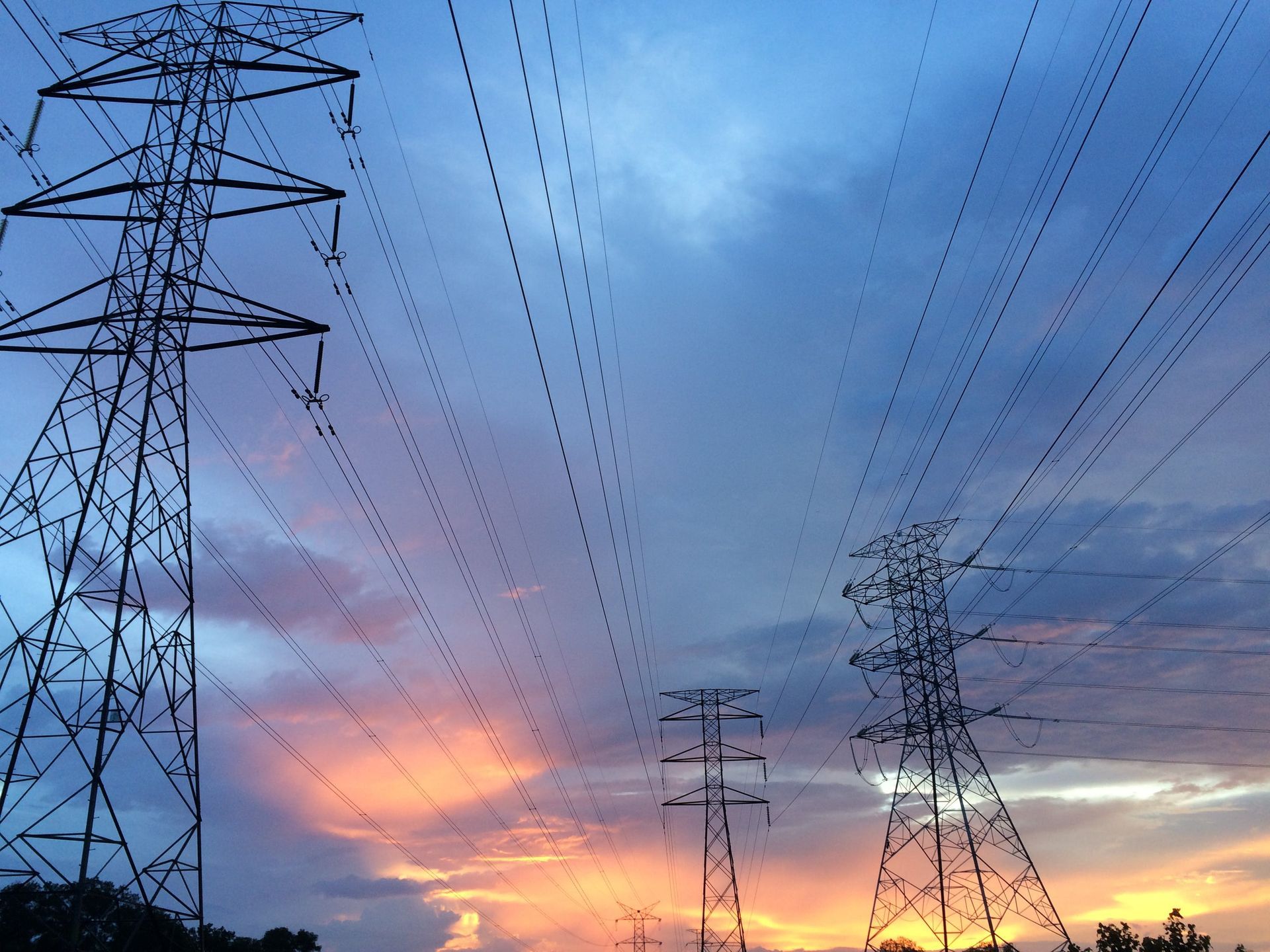The Dark Side of Solar
Overstating Production: The Illusion of Efficiency
Much to the dismay of many, the solar industry is wrought with unscrupulous sales and maintenance practices in the solar sector. This year alone, the New Jersey market has witnessed the downfall of eight established companies, leaving thousands of clients and systems without support.
Recently the Board of Public Utilities & the New Jersey Clean Energy Program had to stand up a Contractor Remediation Procedures program to address the overwhelming failure of so many solar installers to act ethically and in good faith to their customers. The push for clean energy adoption has provided significant incentives at the local, state and federal levels that unfortunately has attracted the worst among us. The market is flooded with predatory salespersons and dishonest companies looking to pillage these incentives and leaving the customer and rate payers holding the bag undisclosed payments and higher electrical costs.
The top drivers od distressed customers at the BPU & NJCEP are :
- Salespeople knowingly undersize solar systems by 20% to 30%, and then overrepresent their production by 20% or more. This deceptive approach creates an illusion of efficiency and cost-effectiveness, luring unsuspecting customers with the promise of lower costs.
- Post-install support and maintenance. Salespeople and companies misrepresent warranties and service commitments. Often, these affected systems will languish and become derelict. The arrays will drop offline, the inverters will have error codes, and when left unaddressed, the system production drops precipitously or even to zero. When this happens, the customers lose the benefits of solar, become reliant on the utilities retail rates and are still saddled with large loan payments.
The long-term consequences of such practices are severe. Undersized systems will not produce enough energy to meet the customer’s needs, resulting in higher electricity bills and a longer payback period for the investment. Additionally, these systems may not be eligible for certain incentives and rebates offered by governments and utility companies, further diminishing their value. I thought I would share my insight and recommendations for those considering solar and how to avoid these all-too-common situations.
The Mechanics of Under sizing
To understand under sizing, let’s first break down the basic components of a solar system. A typical system includes solar panels, an inverter, and a monitoring system. The solar panels generate direct current (DC) electricity, which is then converted to alternating current (AC) by the inverter for use in your home or business. The monitoring system tracks the system’s performance and provides data on its energy production.
Under sizing involves selecting solar panels and inverters with lower capacities than required to meet 100% of a customer’s energy needs. This approach results in a smaller, less expensive system that may seem more appealing at first glance, but the consequences can be significant.
Overstating Production: The Illusion of Efficiency
In addition to under sizing the system, these salespeople exaggerate the production capabilities of these smaller systems by 10%, 20%, or even more. They provide misleading estimates of the system’s energy production, often based on overly optimistic assumptions about weather conditions, shading, and panel degradation over time. This creates the illusion that the system is capable of meeting the customer’s energy needs, even when it’s not.
The Consequences of Under sizing
While an undersized system might appear cheaper upfront, the long-term costs can be much higher. A system that doesn’t produce enough energy can lead to unexpected electricity bills and a longer payback period for your solar investment. In many cases, the total cost can end up exceeding what you would’ve paid to your utility before installing solar.
Additionally, many solar companies do not maintain their systems adequately or worse, do not honor their warranties, leading to reliability issues. This can increase frustration, disrupt your energy supply, and further drive-up costs due to reliance on your utility company.
An undersized system may also disqualify you from certain government and utility incentives, which often require a specific level of energy production to qualify. These incentives, like New Jersey’s Solar Renewable Energy Certificates (SREC) program, can provide significant financial benefits, but if your system is underperforming, you won’t receive the full incentives.
Protecting Yourself from Deceptive Practices
To avoid deceptive practices in the solar industry, consider these tips:
- Get multiple quotes: Request quotes from several solar companies to compare prices (by kilowatt), system sizes (in kilowatts), and estimated production (in kilowatt-hours). Be wary of significantly lower quotes — they may indicate an undersized system.
- Verify production estimates: Ask the solar company to explain their energy production estimates, including their assumptions about weather, shading, and panel orientation. You can also use online solar calculators to estimate the energy production of a system based on your location. The PVWatts Calculator by the National Renewable Energy Laboratory (NREL) is a reliable resource (https://pvwatts.nrel.gov/).
- Check certifications and licenses: Ensure the solar company and its installers are certified by reputable organizations, such as the North American Board of Certified Energy Practitioners (NABCEP) or the Solar Energy Industries Association (SEIA). Verify whether the company handles the design, engineering, and installation or if they subcontract the work. Ensure that licensed electrical contractors & engineers are involved in the process, and not just rubber stamps.
- Read customer reviews: Research the company’s reputation by reading customer reviews and testimonials. Look for complaints about undersized systems or misleading production estimates. Search Facebook and Reddit for groups of disenfranchised customers, if the company and its sales force have more than a few negatively affected customers, there will be a group on these platforms sharing their experiences. Take note of the recency of these reviews.
- Research each company with New Jersey's Department of Consumer affairs. To properly design, install and maintain solar, the company should to be NJ licensed electrical & home improvement contractor.
- Research each company on New Jersey's Clean Energy Programs list of vendors and Trade Allies. Pay particular attention to those companies that are listed as Trade Allies, these organizations have gone through additional scrutiny and have the experience and reputation to install and support your solar project.
By doing your research and taking the time to understand the potential pitfalls, you can protect yourself from deceptive practices in the solar industry. Being a well-informed consumer will help you make the best choice for your energy needs and avoid costly surprises down the road.










Share On: